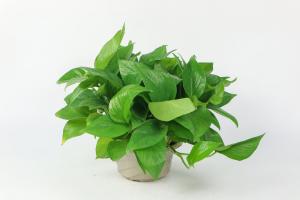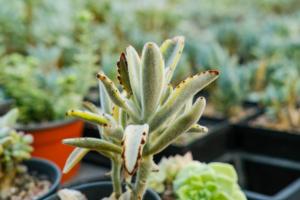Introduction
Planting trees is an excellent way to enhance the beauty of your yard, provide shade, and increase the curb appeal of your property. However, before you start planting, it's crucial to understand how far away from underground utilities you should be. This article will explore the answer to that question and help you make informed decisions.
The Importance of Knowing the Distance from Underground Utilities
Knowing the distance from underground utilities is crucial for several reasons. First, planting too close to utility lines can lead to severe damage to the tree's roots and the utility lines themselves. This can result in expensive repair work and can even pose a safety risk. Secondly, planting too close to utility lines can make it challenging to access them during maintenance or repair work. Lastly, planting close to utility lines can cause problems with power outages, as trees can interfere with overhead power lines and cause interruptions in service.
Determining the Distance from Underground Utilities
The distance required between trees and underground utilities varies depending on the type of utility. Power lines typically require the most significant buffer zone, while gas lines require a smaller buffer. Here are some general guidelines for planting trees near underground utilities:
Power Lines: Trees should be planted at least 20 feet away from power lines. Larger trees may need to be planted even further away.
Gas Lines: Trees should be planted at least 10 feet away from gas lines. Shallow-rooted trees like the red maple or dogwood should be planted even further away.
Water Lines: Trees should be planted at least 10 feet away from water lines to avoid disruption to the water supply.
Sewer Lines: Trees should be planted at least 5 feet away from sewer lines. This is to avoid interference with the pipes and to prevent roots from growing into the lines.
Tree Selection
When selecting trees to plant near underground utilities, it's essential to choose the right species. Look for trees with smaller root systems that won't interfere with utilities. Talk to a local arborist, nursery, or extension agent to determine which trees are best suited for your location.
Here are some tree species that are known for having smaller root systems:
Crabapple
Redbud
Serviceberry
Magnolia
Cherry
Dogwood
Conclusion
In conclusion, planting trees is a great way to add beauty and shade to your property. However, it's crucial to consider how far away from underground utilities you should plant them. Trees planted too close to utilities can pose risks to safety and lead to expensive repairs. Use the guidelines outlined in this article to ensure your trees are safe and healthy, and consult with local experts for further advice. Remember to always do your research before planting, and happy planting!

 how many times do yo...
how many times do yo... how many planted tre...
how many planted tre... how many pine trees ...
how many pine trees ... how many pecan trees...
how many pecan trees... how many plants comp...
how many plants comp... how many plants can ...
how many plants can ... how many plants and ...
how many plants and ... how many pepper plan...
how many pepper plan...






























